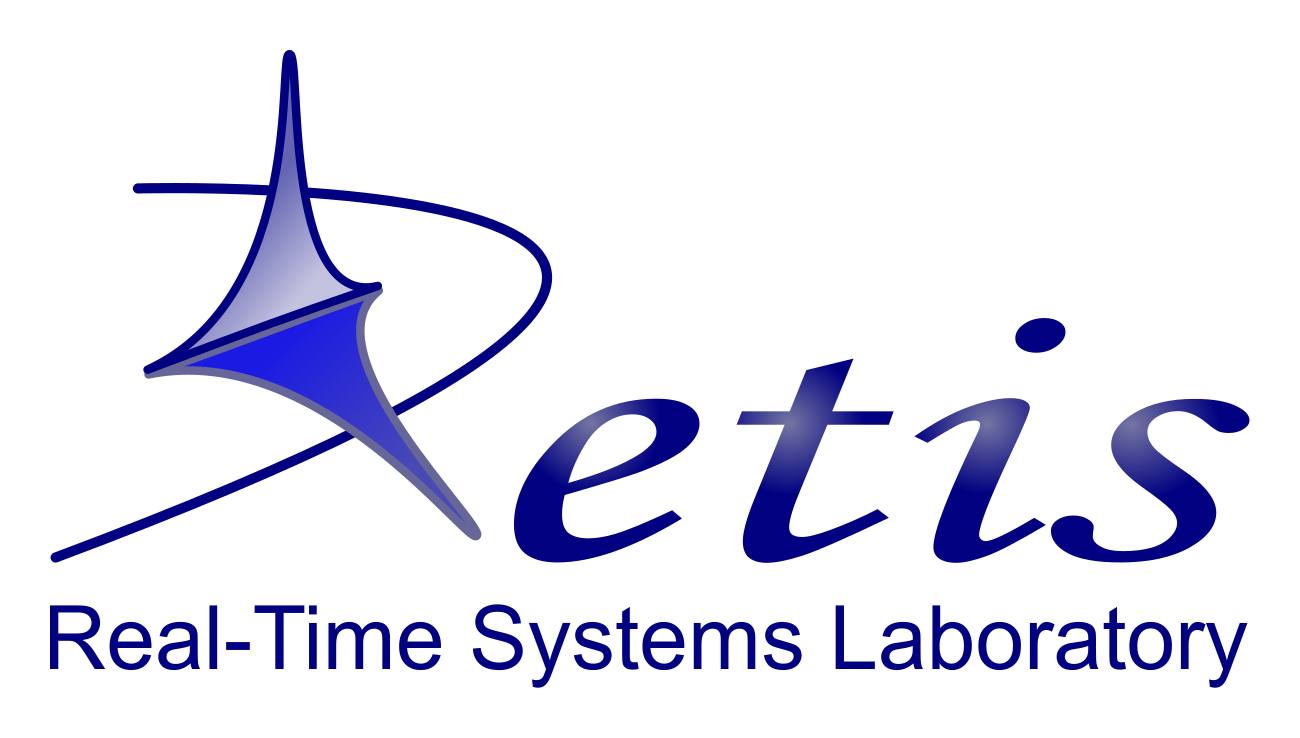Designing Mixed-Criticality Applications on Modern Heterogeneous MPSoC Platforms
28th June 2019 – TeCIP Institute – Blue Room – 10.00 a.m.
Abstract:
Multiprocessor Systems-on-Chip (MPSoC) integrating hard processing cores with programmable logic (PL) are becoming increasingly more available. While these platforms have been originally designed for high-performance computing applications, their rich feature set can be exploited to efficiently implement mixed-criticality domains serving both critical hard real-time tasks, as well as soft real-time tasks.
In this talk, we take a deep look at commercially available heterogeneous MPSoCs that incorporate PL and a multicore processor. We show how one can tailor these processors to support a mixed-criticality system, where cores are strictly isolated to avoid contention on shared resources such as Last-Level Cache (LLC) and main memory. In order to avoid conflicts in last-
level cache, we propose the use of cache coloring, implemented in the Jailhouse hypervisor.
In addition, we employ ScratchPad Memory (SPM) inside the PL to support a multi-phase execution model for real-time tasks that avoids conflicts in shared memory. We provide a full-stack, working implementation on a latest-generation MPSoC platform, and show results based on both a set of data-intensive tasks, as well as a case study based on an image processing benchmark application.

Short bio:
Marco Caccamo is professor of Cyber-Physical Systems in Production Engineering at Technical University of Munich since 2018. He graduated in computer engineering at University of Pisa in 1997. He earned a PhD in computer engineering from Scuola Superiore Sant’Anna in 2002.
Then, he joined University of Illinois at Urbana-Champaign, where he became full professor in 2014. He has chaired Real-Time Systems Symposium and Real-Time and Embedded Technology and Applications Symposium, the two IEEE flagship conferences on Real-Time Systems. His research activities focus on the areas of cyber-physical systems and real-time systems.
He developed innovative software architectures and toolkits for the design automation of safe embedded digital controllers, and low-level resource management solutions for multicore architectures.
